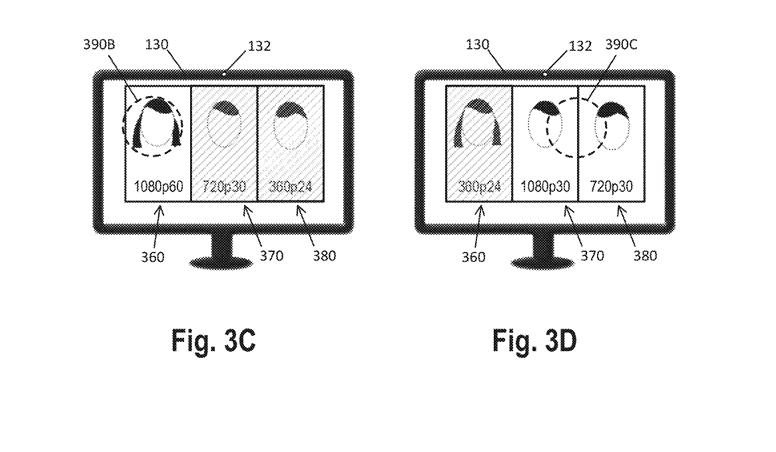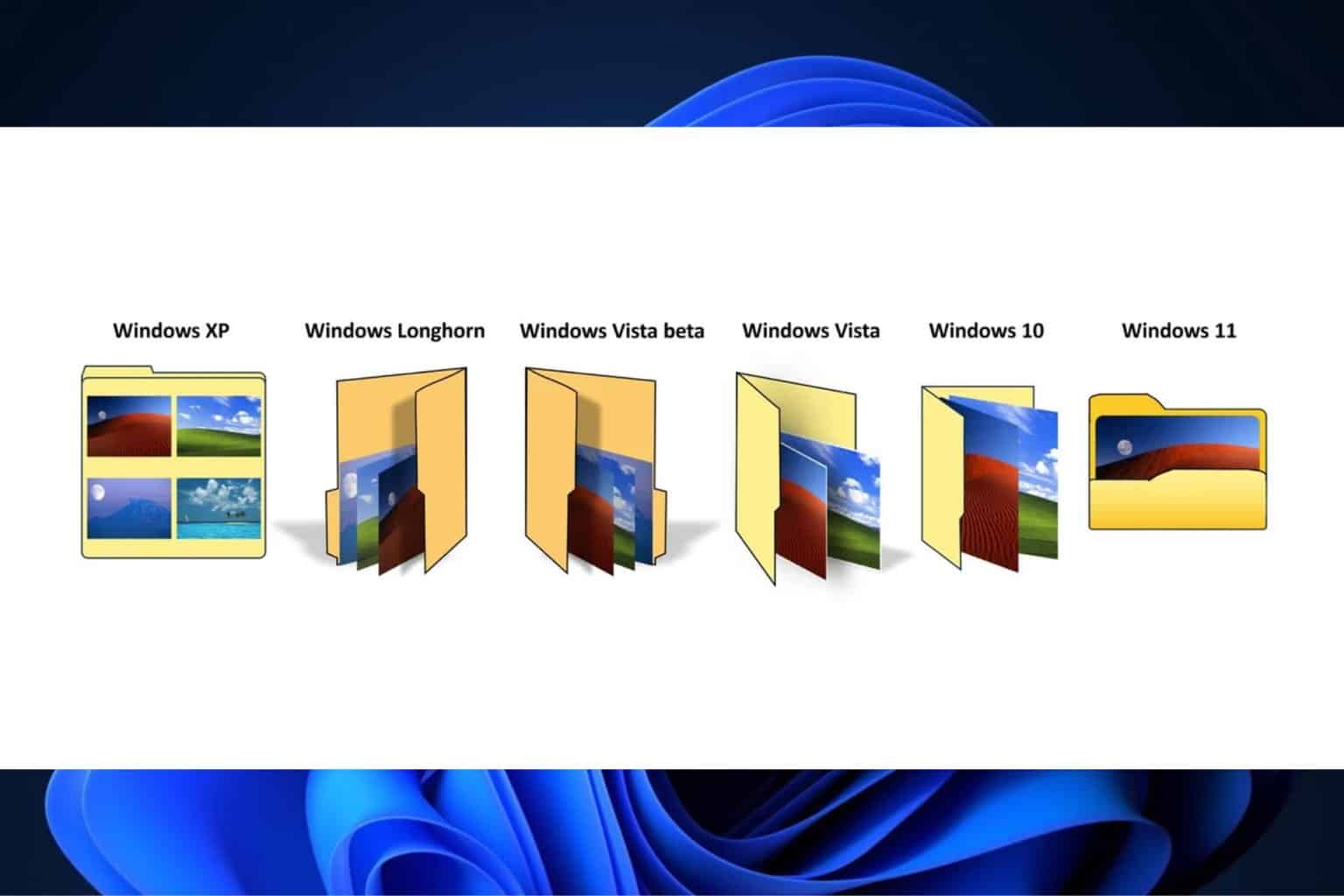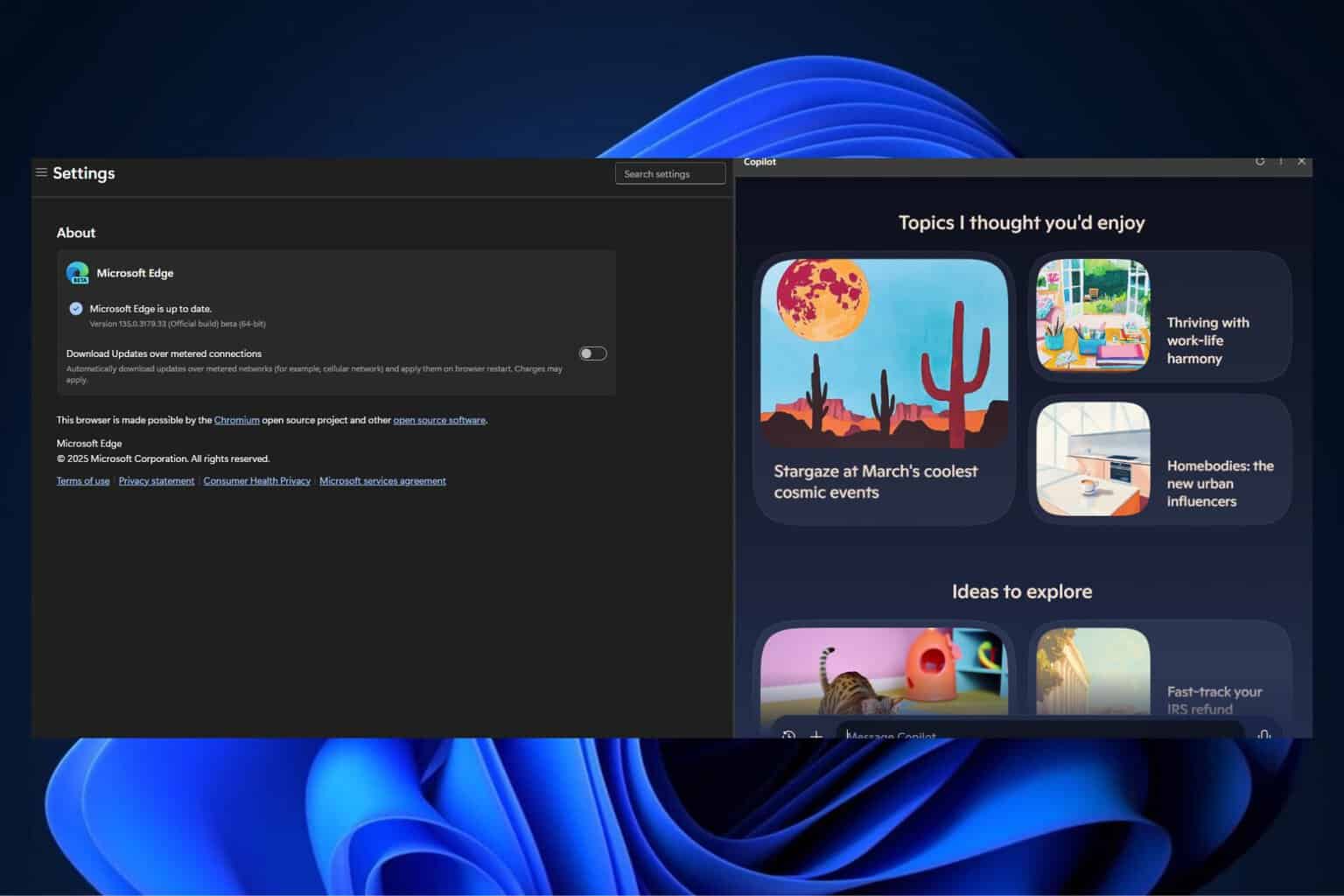Microsoft Teams might soon be capable of video streaming that reduces the quality of videos users aren't focusing on
It would greatly reduce lag in Teams meetings.
3 min. read
Published on
Read our disclosure page to find out how can you help Windows Report sustain the editorial team. Read more

Microsoft has recently published a paper describing a technology capable of selective video streaming based on users’ gaze. The patent, suggestively called GAZE BASED VIDEO STREAM PROCESSING, uses an AI-based system to find out where you’re looking, reducing the quality of the videos you’re not focusing on.
The paper mentions that this technology could be used in an array of applications, including virtual meetings, such as Microsoft Teams. The gaze-based video streaming tech would reduce the quality of streams to enhance connectivity and consume less data.
Aspects of the present disclosure are directed to processing video streams based on a gaze location. For example, a user may interact with a computing system that may utilize a gaze estimation system to estimate a gaze location of the user, thereby allowing a stream processor to reduce quality of video streams that the user is not actively watching. Reducing the quality may allow for a reduced bandwidth utilized to transmit the video streams.
The tech would receive multiple video streams, each with its quality level. Then, using a neural network, the system estimates where the user looks on the screen. It would adjust the quality of the stream of at least one video stream based on where the user is looking. Ultimately, it would send the video stream back to the display device with its new quality.
The computing device provides high quality video streams where a user is gazing, but lower quality video stream where a user cannot readily discern additional detail, which saves processor cycles for other activities.
Microsoft envisions the gaze-based video streaming system as capable of lowering the stream quality differently for a plurality of videos available in the stream based on their distance to the user’s gaze. It currently supports the 1080p60, 1080p30, 1080p24, 720p60, 720p30, 720p24, and 320p24 video quality, and it can easily change between them depending on the distance of the gaze.
The plurality of quality levels may include, from higher quality to lower quality, 1080p60, 1080p30, 1080p24, 720p60, 720p30, 720p24, 320p24. The stream processor selects a lowest image quality level for the video stream that is furthest from an estimated gaze location, and selects a medium quality level that is still less than the initial image quality level for the video stream.
One of the best advantages of gaze-based video streaming technology is that it makes Microsoft Teams meetings run almost perfectly anywhere, no matter the Internet connection speed. As we mentioned earlier, the paper highlights this as one of the reasons for the invention of such a technology.
It would also be more sustainable and a much better alternative to the camera off/mute option, as you can still see the participants, but Microsoft Teams won’t eat as much Internet data to do so.
This wouldn’t be the first time Microsoft has patented sustainable technologies for its services and products. Earlier this year, the Redmond-based tech giant issued a patent describing a Windows version that is highly aware of energy consumption and will take the necessary steps to preserve/consume as little energy as possible.
Another technology Microsoft patented last year is a selective dimming system that lowers or brightens the screen based on the user’s gaze.
You can read the paper here.








User forum
0 messages